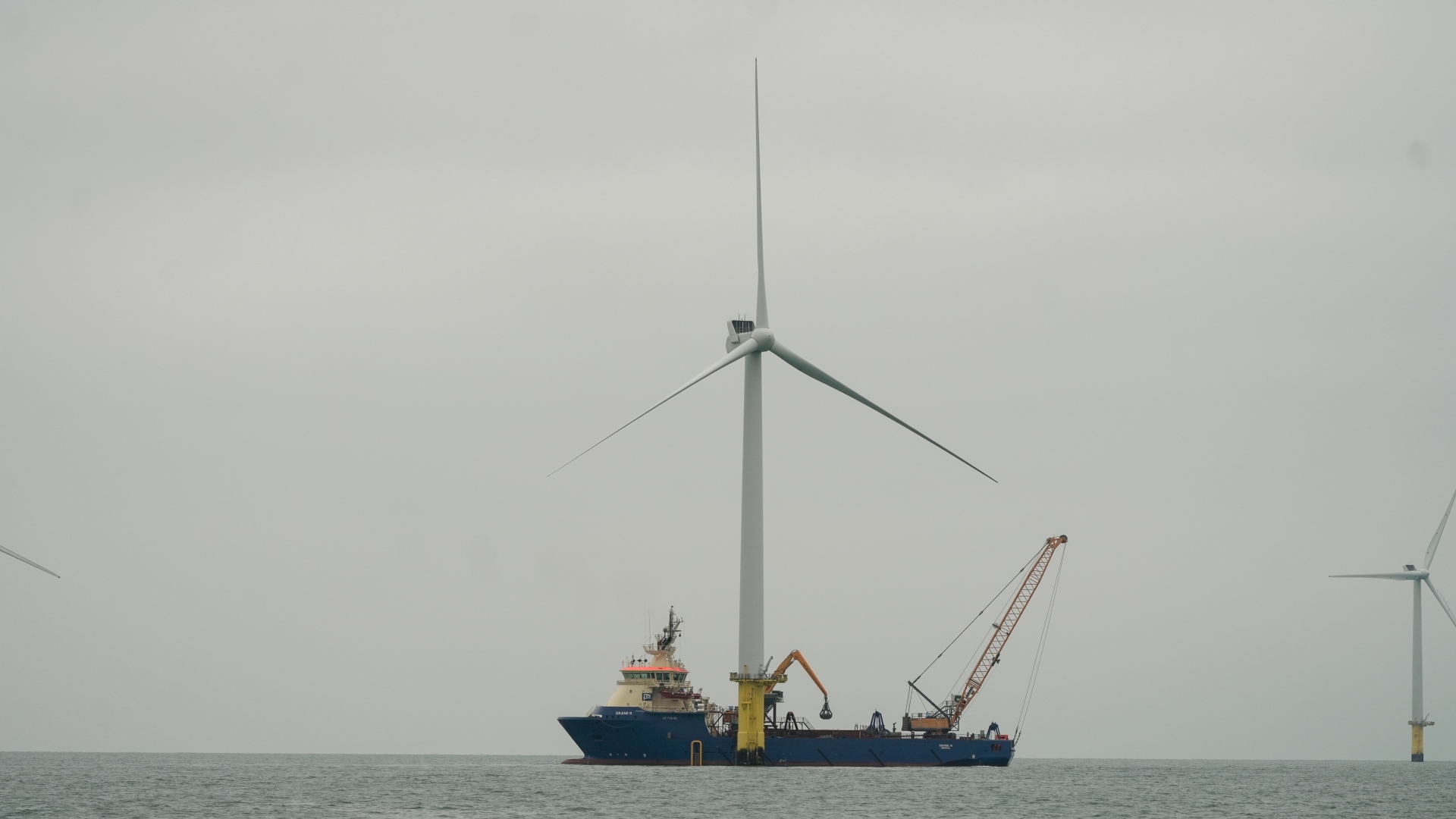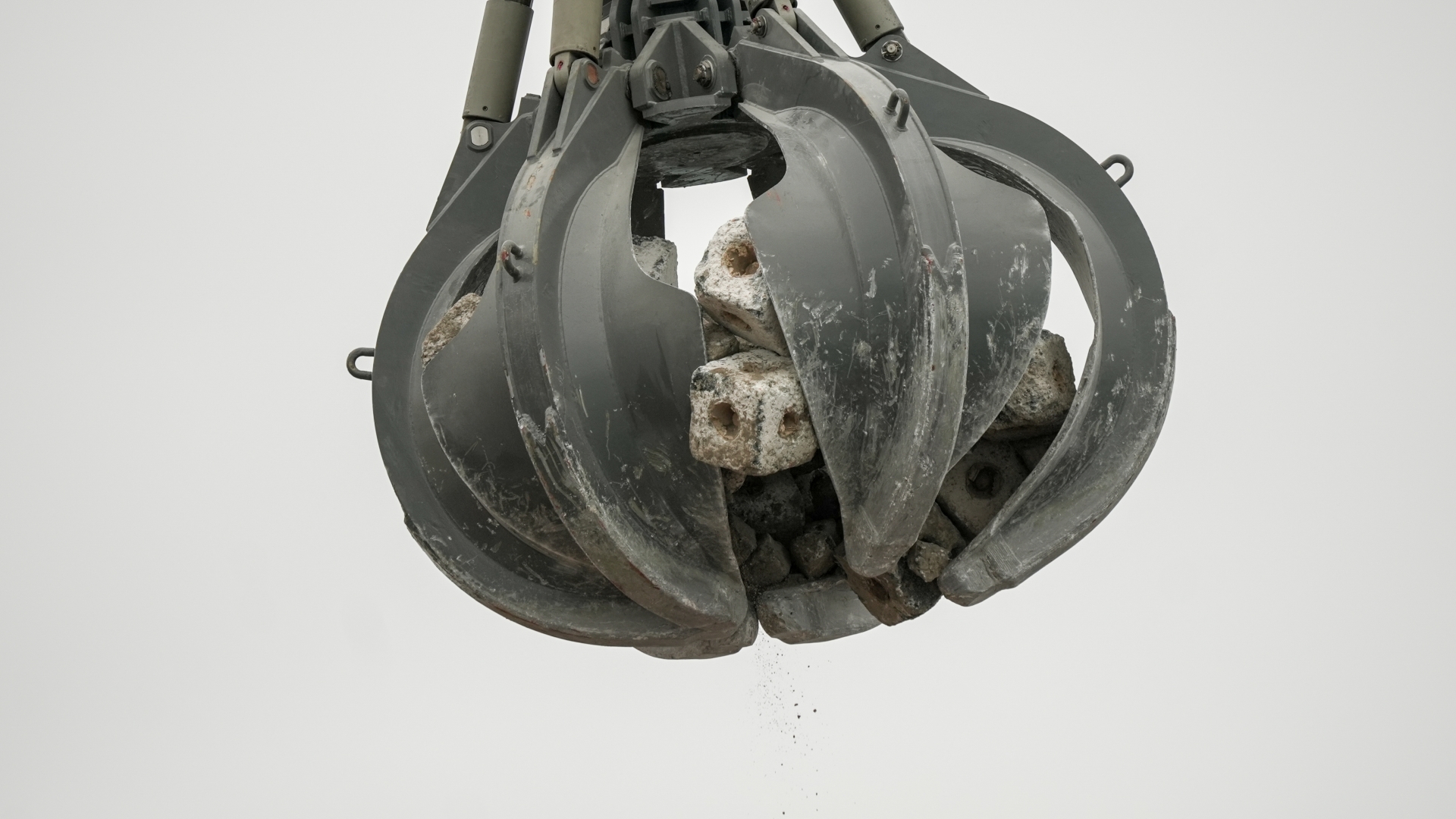
Tom Birbeck
Pioneering Bay company shows how business and nature can thrive together
I wonder if any of you have managed to grab a copy of our new business-to-business magazine, Torbay Tomorrow?
The publication is what is says on the front cover — Torbay and what Tomorrow has in store for the Bay from a business perspective. One of the main themes of the latest edition was the Blue Economy— that’s anything to do with what we have naturally, is staring us right in the face and is something we all take for granted and never take full advantage of, namely our seas, our waters, beaches, waterfronts etc. The natural environment and beauty of our Blue Economy has massive potential as long we don’t destroy it at the same time.
Well, here is the remarkable story of one inspirational Torbay business which is not only making a living out of the Blue Economy, but it is also protecting and restoring marine life at the same time.
And it is also about to bring new life to one of the Bay’s most prime waterfront locations.
ARC marine is an award-winning eco-engineering company which brings nature-inclusive solutions to traditional marine industries.
Cubes, specially eco-engineered reef cubes, reef walls and reef mats are at the heart of ARC marine’s ground-breaking work.
The cubes are used in various undersea engineering projects. The secret here is all kinds of marine life love them and make them their home, some are under-threat species now being sustained for the future and others are literally being brought back to life.

ARC marine have just scored a UK first with a project off the coast of Brighton where reef cubes have been used to protect the foundations of wind turbines in the Rampion offshore wind farm.
The project — worth £3.4 million — is a global first for RWE, a world leader in offshore wind farms, and ARC marine.
The pioneering solution is designed to protect the critical energy infrastructure of the turbines from strong currents in the subsea environment, while creating new and extending existing living marine habitats.
‘Scour protection’ is standard practice at offshore wind farms and usually involves placing layers of rock or concrete on the seabed around the base of a turbine foundation.
But instead, around 75,000 Reef cubes, ranging in size from 15cm to 35cm, have been installed at the base of one of the turbines at the Rampion wind farm by specialist contractor Rohde Nielsen.

The reef cubes offer an alternative that provides equally effective protection from erosion but also enhanced biodiversity. They are modular, low carbon, easy to install, and designed to turn protection zones into thriving ecosystems. The structure of the cubes provides habitats for marine life, supports fish populations, shellfish colonisation, and broader ecosystem development.
At just one of the Rampion turbines, the reef cubes are providing a habitat surface area of 25,000 square metres.
The scheme is part of the Reef Enhancement for Scour Protection (RESP) pilot and follows an earlier announcement in July of RWE and ARC marine’s partnership.
Former South Devon College pupil Tom Birbeck, CEO of what was Brixham-based ARC marine, said: “This project is a landmark moment for ARC marine and our reef cubes technology. By using a patented shape and optimised surface texture, the reef cubes provide over 100 per cent more volume of habitat spaces than standard rock protection and 38 per cent more surface area.
“Seeing them installed at Rampion demonstrates their potential to deliver dual benefits: robust scour protection and the creation of new marine habitats. This installation marks the start of global deployment potential for reef cubes at offshore turbines and platforms.
“They are scalable, locally sourced, cost-effective and fully aligned with incoming biodiversity net gain requirements and we are proud to work with RWE on pioneering a new generation of nature-inclusive offshore wind solutions.”
Thomas Michel, chief operating officer of RWE Offshore Wind, said: “The successful implementation of this pilot project marks an important step forward in testing solutions that can both safeguard our assets and contribute to the marine environment. We look forward to monitoring the outcomes and sharing the learnings with our stakeholders and the wider industry.”
The pilot will next move into a monitoring phase. Ecological and geophysical surveys will be conducted between 2026 and 2030 to assess the cubes’ performance as a scour protection system and to study how marine life interacts with the structures over time. Ecological and engineering data will be shared from 2026, offering a first glimpse at the real world viability of nature-inclusive protection structures.
The project has been driven by close collaboration between RWE’s Engineering, Innovation, Construction and Sustainability teams, ARC marine’s engineering, science, manufacturing and marine operations teams and Rohde Nielsen. The project has also been supported by Innovate UK, European Innovation Council and The Mulago foundation.
You are talking about a massive opportunity here for ARC marine — RWE is one of the leading companies in the field of renewable energy. It is investing billions of euros in expanding its generation portfolio, in particular in offshore and onshore wind, solar energy and batteries. It employs around 20,000 employees in almost 30 countries worldwide. That’s some reef cubes!
ARC marine works in the restoration, coastal, offshore and fisheries sectors. Its reef cubes are modular habitat enhancement units that are low-carbon, plastic-free and made from 98 per cent recycled materials.
They’re built with a nature-inclusive design and contain a spherical chamber with passages on each of the cube faces for marine life to inhabit.
Since deployment, they have deployed over 80,000 reef cubes into 12 different countries and recorded almost 200 species amongst the artificial reefs which now provide habitat for a range of marine life.
Species found at the reefs include filter feeders like the blue mussel and oysters and suspension feeders like feather stars, which are growing on top of the cubes. Additionally, a huge number of species like poor cod, pouting, cuttlefish and squid have been found around them. With the eggs of sharks, cuttlefish and squid found attached to the reef cubes, it also appears that the complex habitat provided by the units is serving as a nursery to assist in the reproduction of a variety of species.
Tom Birbeck, who spent his secondary school days at St Cuthbert Mayne School, studied business and marketing at university. But artificial reefs formed part of a research project whilst working in the media industry in London. He was a keen diver and loved all things blue just like his dad, Torbay European championship sailor Stephen, and well-known uncle and swimmer Chris and the rest is history.
ARC marine was launched in 2015. Their work covers a variety of areas including offshore engineering, wind turbines, oil and gas installations, port and harbours work, land reclamation and eco tourism.
The Brighton scheme is the first wind turbine project of its kind in the UK. They have already carried out similar projects in 12 countries, including in Holland, Sweden and Scotland.
Tom says: “It is all about restoring life and boosting biodiversity. This was a ‘retro’ fit at Rampion with plans for more turbines in a couple of years’ time. This is just the start when you consider that 75,000 cubes are needed for just one wind turbine.”
ARC marine is a huge Torbay success story. Tom now employs 22 people including scientists, engineers, project managers and administrative staff.
He says: “What we are really proud of is the fact that they are all from Torbay, including from Cuthbert Mayne or the grammar school. We are paying way over the average Torbay salary for our scientists and engineers down here which means we are not losing talent because they don't have to move away looking for well paid jobs and are living and spending their money in Torbay.”
Now back to the Bay and that waterfront site. Tom and ARC have been in negotiations with the Wild Planet Trust over their currently derelict Living Coasts marine aviary overlooking Torquay harbour.
All Tom can say is: “Lease negotiations are near to conclusion.”
But I gather he plans to transform the site into a marine research centre. ARC will take over the restaurant, café, former shop and the majority of the tank systems. The building could not be more ideal for marine research as it sits right next to the water with the tanks and pipework already existing.
“The building was made for it,” says Tom.
Not only will Tom be able to expand his business, but an empty waterfront site will be given the kiss of life and the financially struggling Trust will be able to rid itself of the Torbay Council lease and debt.
Everybody’s a winner thanks to the English Riviera and its Blue Economy!
Subscribe or register today to discover more from DonegalLive.ie
Buy the e-paper of the Donegal Democrat, Donegal People's Press, Donegal Post and Inish Times here for instant access to Donegal's premier news titles.
Keep up with the latest news from Donegal with our daily newsletter featuring the most important stories of the day delivered to your inbox every evening at 5pm.